
One Vitamin That Could Transform Your Circulation

As we grow older, our bodies naturally undergo countless changes—from slower metabolism to reduced muscle mass—and our health priorities shift along the way. One of the most overlooked aspects of aging is blood circulation, particularly in the legs and feet.
Poor circulation often develops gradually and silently. You may not notice early symptoms such as cold feet, tingling, or mild swelling, yet over time, reduced blood flow can increase the risk of serious cardiovascular issues, fatigue, and mobility problems.
In this article, we’ll explore a powerful nutrient that may help protect your heart, support healthier arteries, and keep your legs moving freely: niacin, also known as Vitamin B3.
What Is Niacin (Vitamin B3)?
Niacin is an essential B-complex vitamin that plays a central role in energy metabolism, cholesterol regulation, and blood vessel health. It acts as a vasodilator, meaning it helps widen and relax blood vessels. This process encourages smoother, more efficient blood flow—especially to extremities such as your legs, feet, and hands.
Beyond improving circulation, niacin supports the repair of damaged tissues and reduces inflammation within the vascular walls. These properties make it invaluable for maintaining vitality and cardiovascular balance as we age.
Why Niacin Becomes Even More Important After 50
After the age of 50, the cardiovascular system begins to change more noticeably. Arterial stiffness can increase, blood flow may slow, and the risk of blockages grows higher—even in people who feel perfectly healthy. Hormonal shifts, lower physical activity, and oxidative stress also contribute to this process.
Here’s how niacin steps in to help:
-
Improves blood vessel function and flexibility, supporting healthy circulation.
-
Balances cholesterol levels by raising HDL (“good”) cholesterol and lowering triglycerides.
-
Reduces chronic inflammation, protecting artery walls from damage.
-
Enhances energy production in muscle tissue, which can improve endurance and reduce leg fatigue.
-
Supports nerve health, which is crucial for maintaining balance and sensation in the feet.
Collectively, these effects make niacin a potential game-changer for older adults who want to stay active, protect their hearts, and move comfortably for years to come.
Niacin and Mobility: Insights from Modern Research
A groundbreaking study published in Nature Communications investigated nicotinamide riboside, a unique form of Vitamin B3, in people suffering from peripheral artery disease (PAD)—a condition marked by reduced blood flow to the legs.
Participants who supplemented with this vitamin form experienced improved walking distances during six-minute tests. Researchers attributed this to enhanced mitochondrial function (the energy factories of cells) and better blood flow to muscles.
This evidence suggests that niacin-related compounds may help promote real improvements in mobility and leg strength, offering a non-invasive way to support circulation without relying solely on medication or surgery.
Eye-Opening Circulation Facts After Age 50
-
Nearly 40% of adults over 50 experience some degree of circulation impairment.
-
Many of these cases are preventable through proper nutrition, movement, and blood vessel support.
-
Studies show that niacin can raise HDL cholesterol by up to 35%, while improving flow-mediated dilation—a key indicator of arterial health.
-
People who maintain good circulation often enjoy better cognitive health, as improved blood flow also benefits the brain.
How to Get More Niacin Naturally
Fortunately, niacin is easy to find in a balanced diet. Try to include a variety of the following foods:
Animal sources: Chicken, turkey, salmon, tuna, eggs, and dairy products
Plant sources: Peanuts, sunflower seeds, avocados, legumes, and whole grains
Fortified foods: Breakfast cereals, bread, and pasta
Your body can also synthesize niacin from tryptophan, an amino acid found in high-protein foods like poultry and dairy—though this process requires sufficient amounts of Vitamins B2 and B6 to work efficiently.
For best results, pair niacin-rich foods with regular exercise, hydration, and a heart-friendly diet rich in fruits, vegetables, and omega-3 fats.
Should You Consider a Niacin Supplement?
If your diet is lacking, or if you’re managing cardiovascular concerns, your healthcare provider may recommend a niacin supplement.
Recommended daily intake for general health:
-
Men: 16 mg/day
-
Women: 14 mg/day
Therapeutic doses for cholesterol or circulation support (only under medical supervision):
-
Begin around 250 mg/day
-
Gradually increase to 1000–2000 mg/day if tolerated
⚠️ Important: High doses of niacin can cause temporary flushing, itching, digestive discomfort, or, rarely, liver issues. Always consult your doctor before starting high-dose niacin therapy, especially if you take medications for cholesterol or blood pressure.
Final Thoughts
Supporting healthy circulation after 50 is about much more than comfort—it’s about preserving independence, protecting the heart, and maintaining long-term mobility.
Whether through nutrient-rich foods or carefully monitored supplements, Vitamin B3 (niacin) stands out as one of the simplest yet most effective ways to strengthen your vascular system.
By paying attention to this often-overlooked vitamin, you can help ensure that your body—and your blood—keep moving smoothly well into your later years.
News in the same category


15 Silent Signs You’re Dangerously Low on Vitamin B12

The Potassium Powerhouse: What Eating Bananas Daily Does to Your Blood Pressure
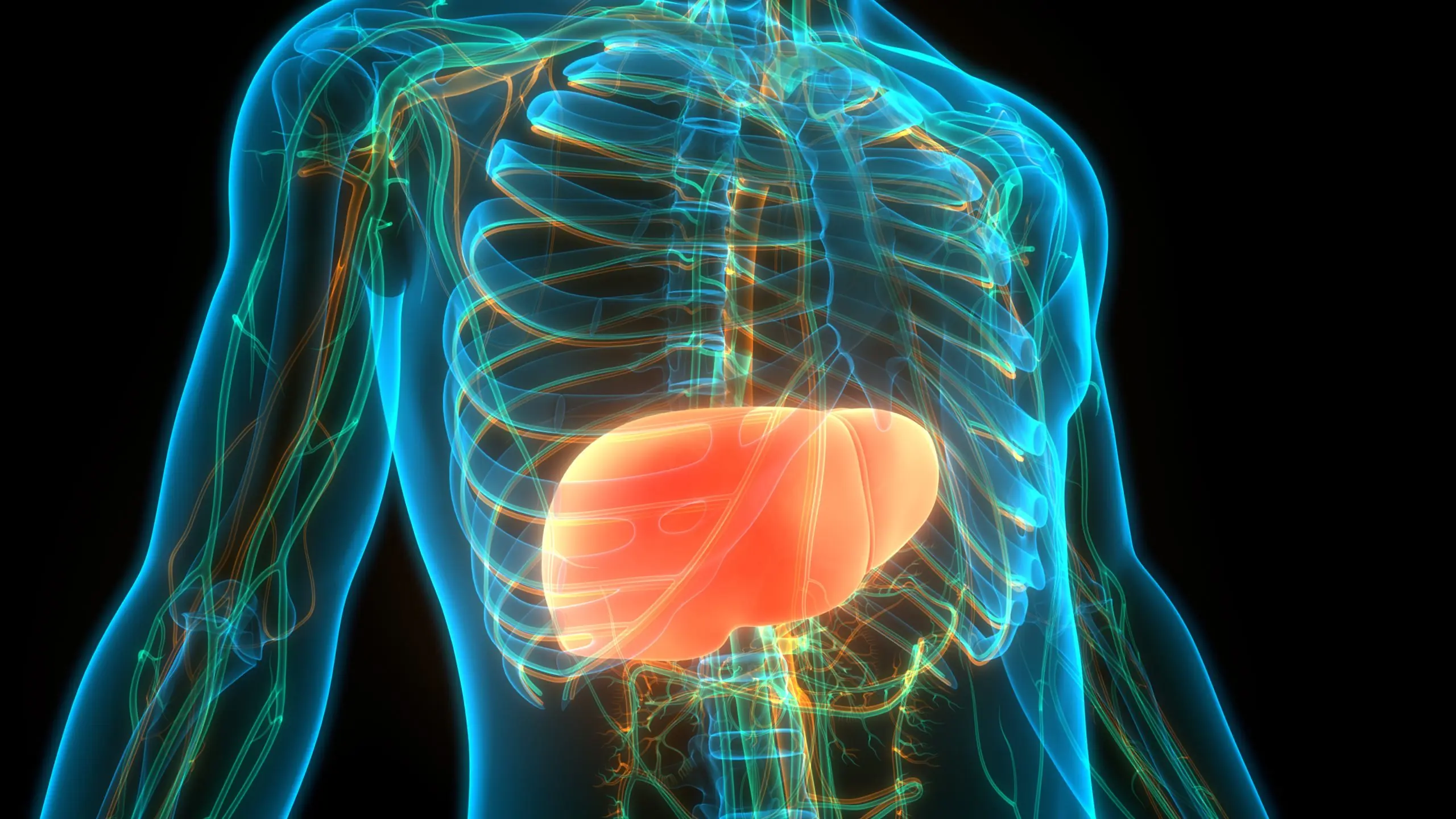
A Powerful Two-Ingredient Mixture for Cleansing Your Liver

White Bumps on Your Face Don’t Try to Remove Them
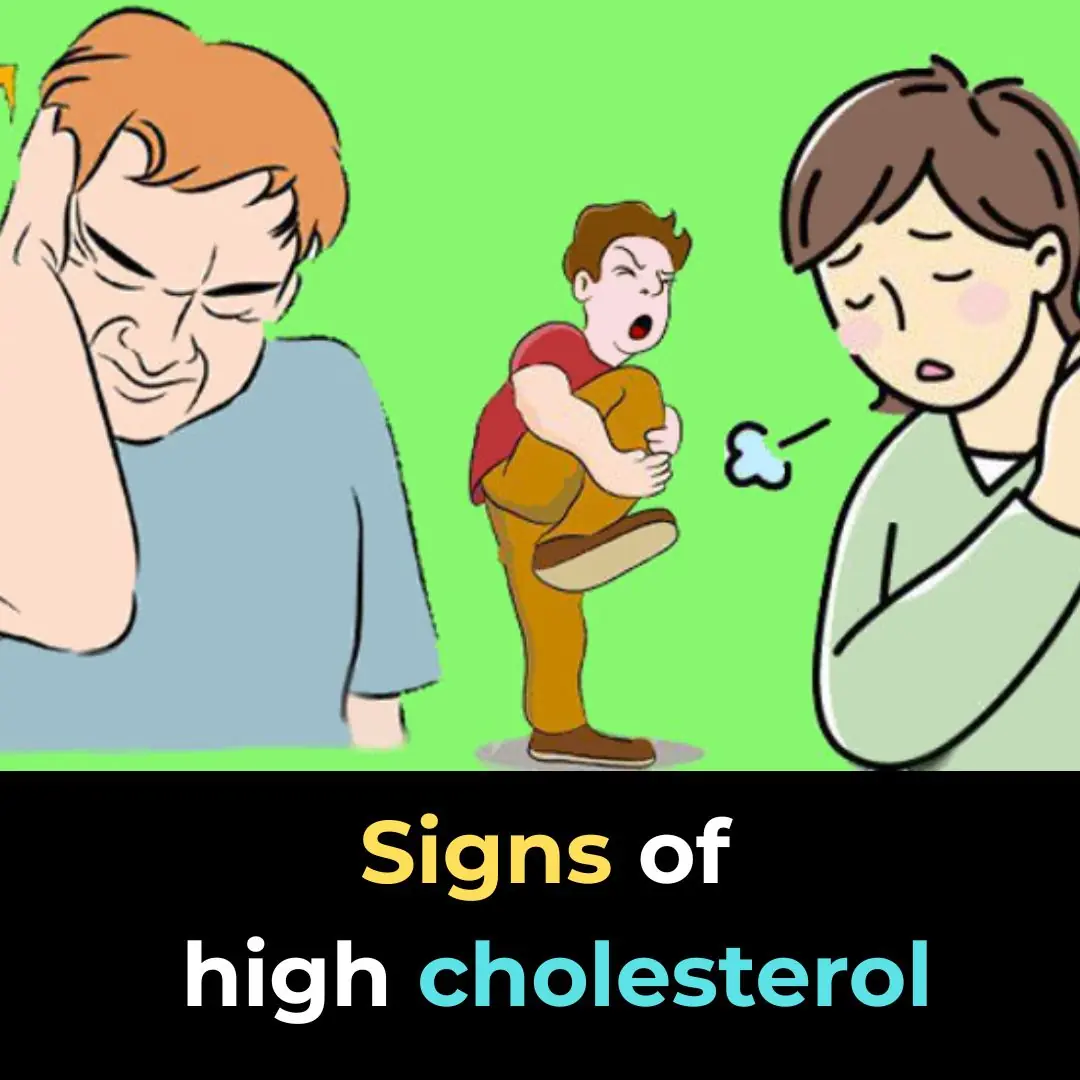
Signs and Symptoms That May Indicate High Cholesterol Levels
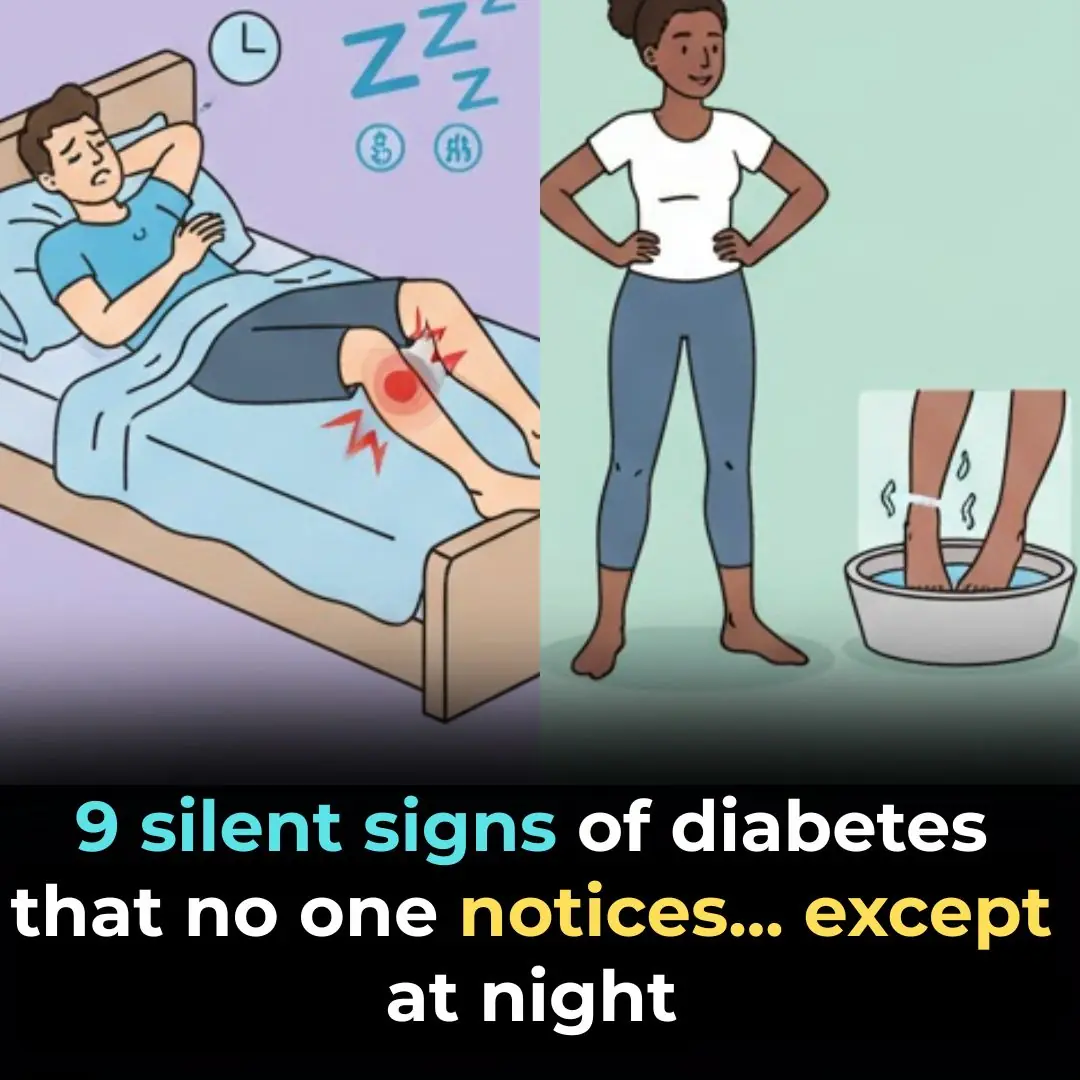
9 Signs of Diabetes That Appear at Night: What You Need to Know!
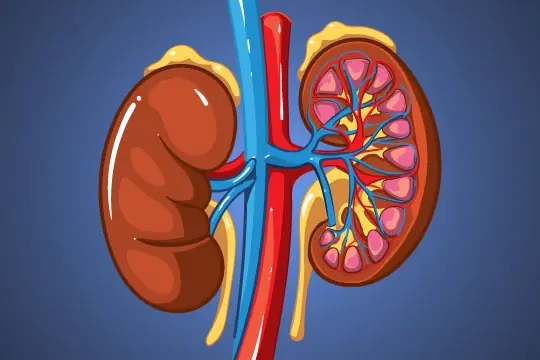
Healing Kidneys Naturally with Herbal Leaves: Supportive Strategies

If Bruises Keep Showing Up Out Of Nowhere This Is What It Means for Your Health

8 EARLY WARNING SIGNS OF OVARIAN CANCER WOMEN SHOULD NEVER IGNORE THESE
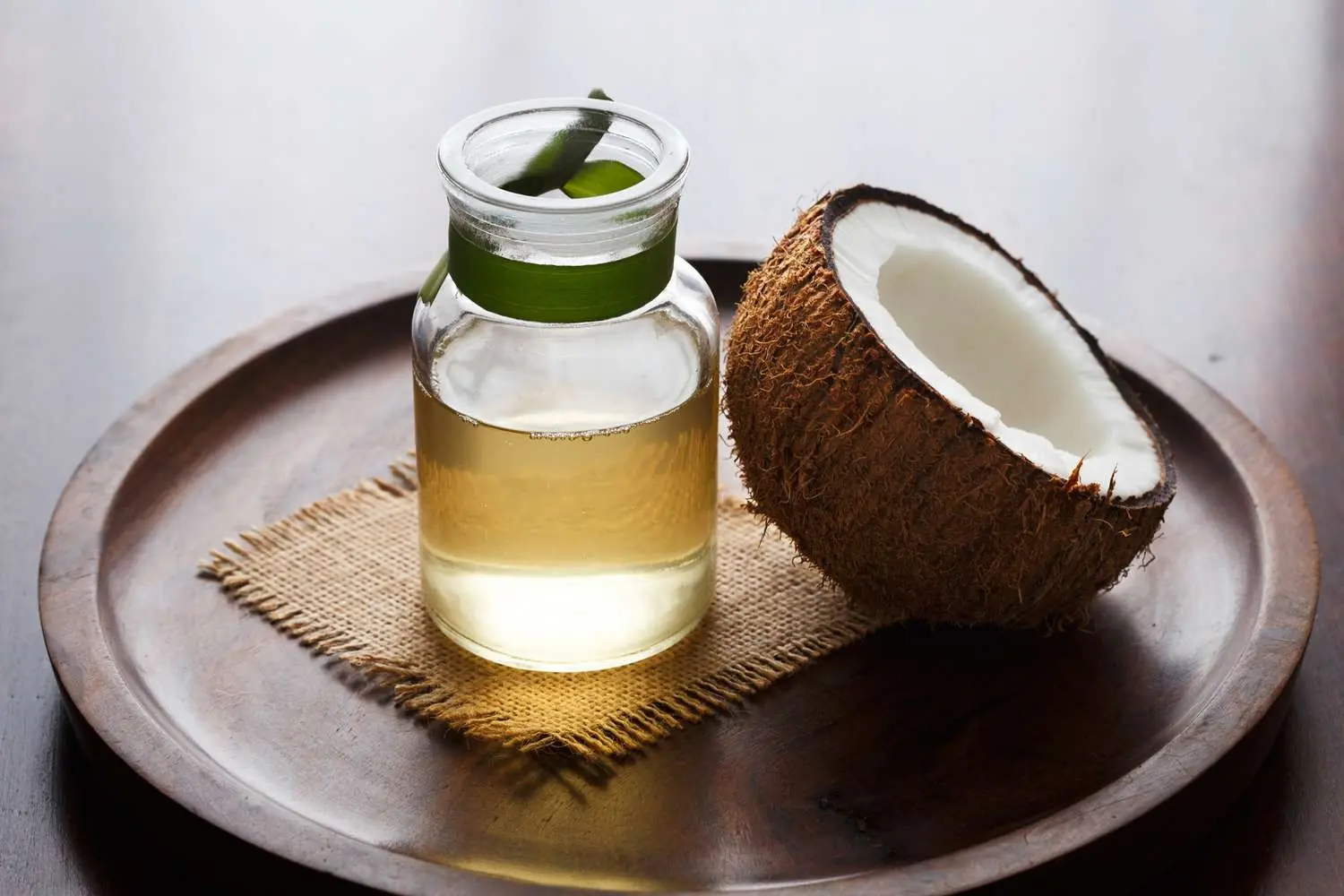
6 Ways Coconut Oil Can Benefit Those With Thyroid Problems

Top 5 Drinks To Improve Vision Naturally (Science-Backed)

12 Surprising Skin Changes That May Signal Diabetes (A Must-Know Guide)
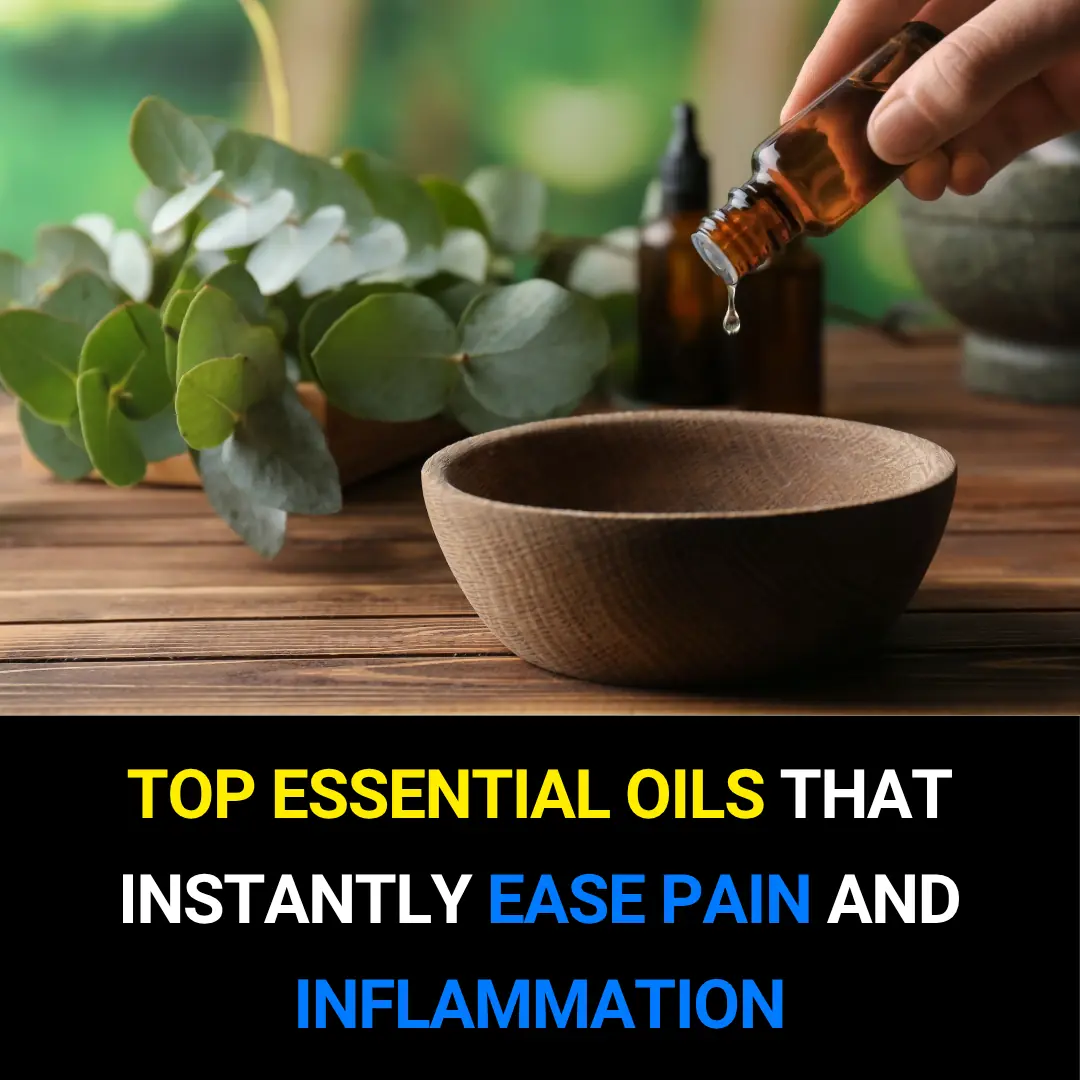
The Top Essential Oils to Relieve Pain and Inflammation (Research Based)

Science-Backed Benefits of Thyme: From Blood Pressure to Bronchitis Relief

5 Common Mistakes When Drinking Water That Can Affect Your Health

Napping During The Day Seriously Affects Brain Aging
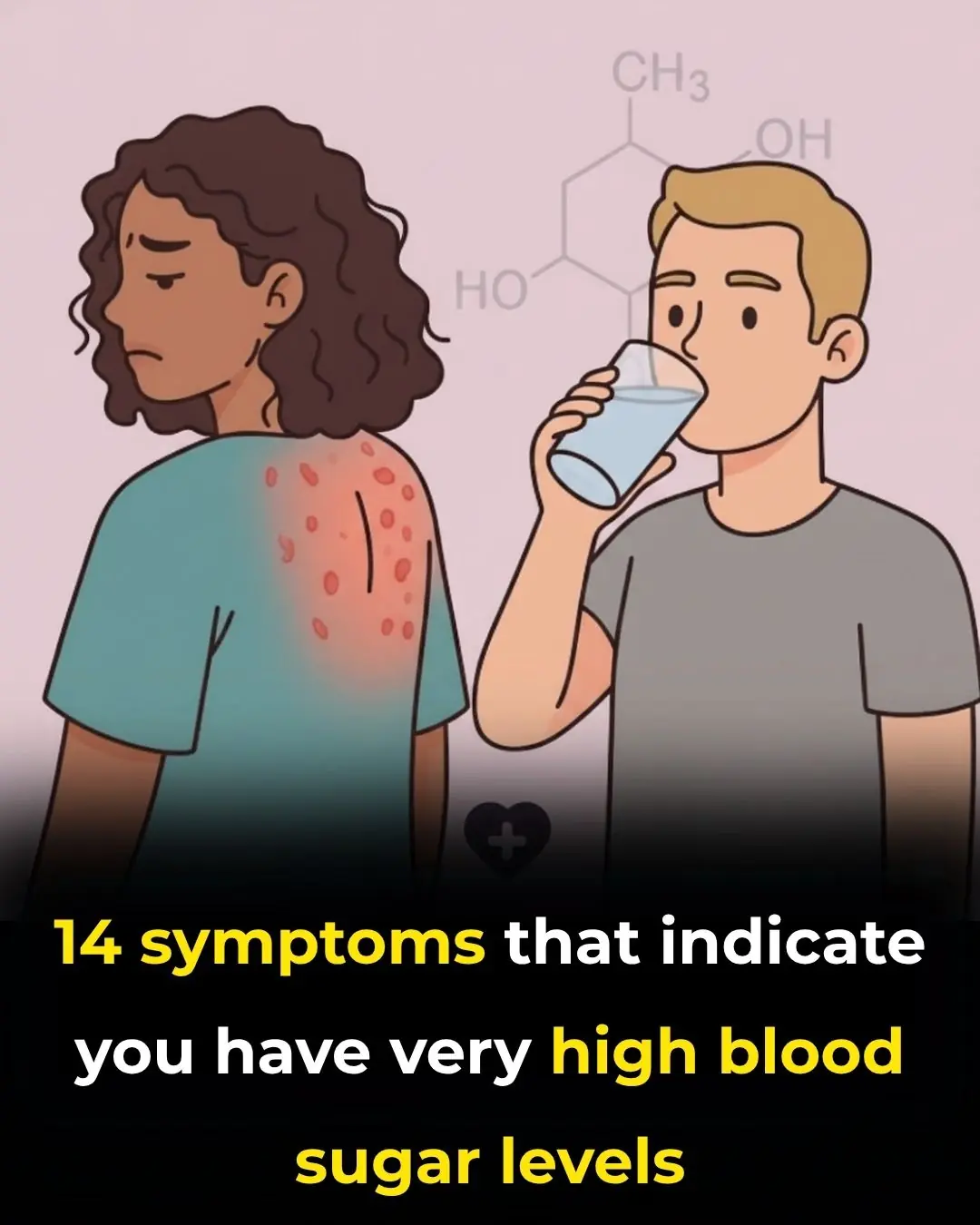
14 SYMPTOMS you should pay attention to
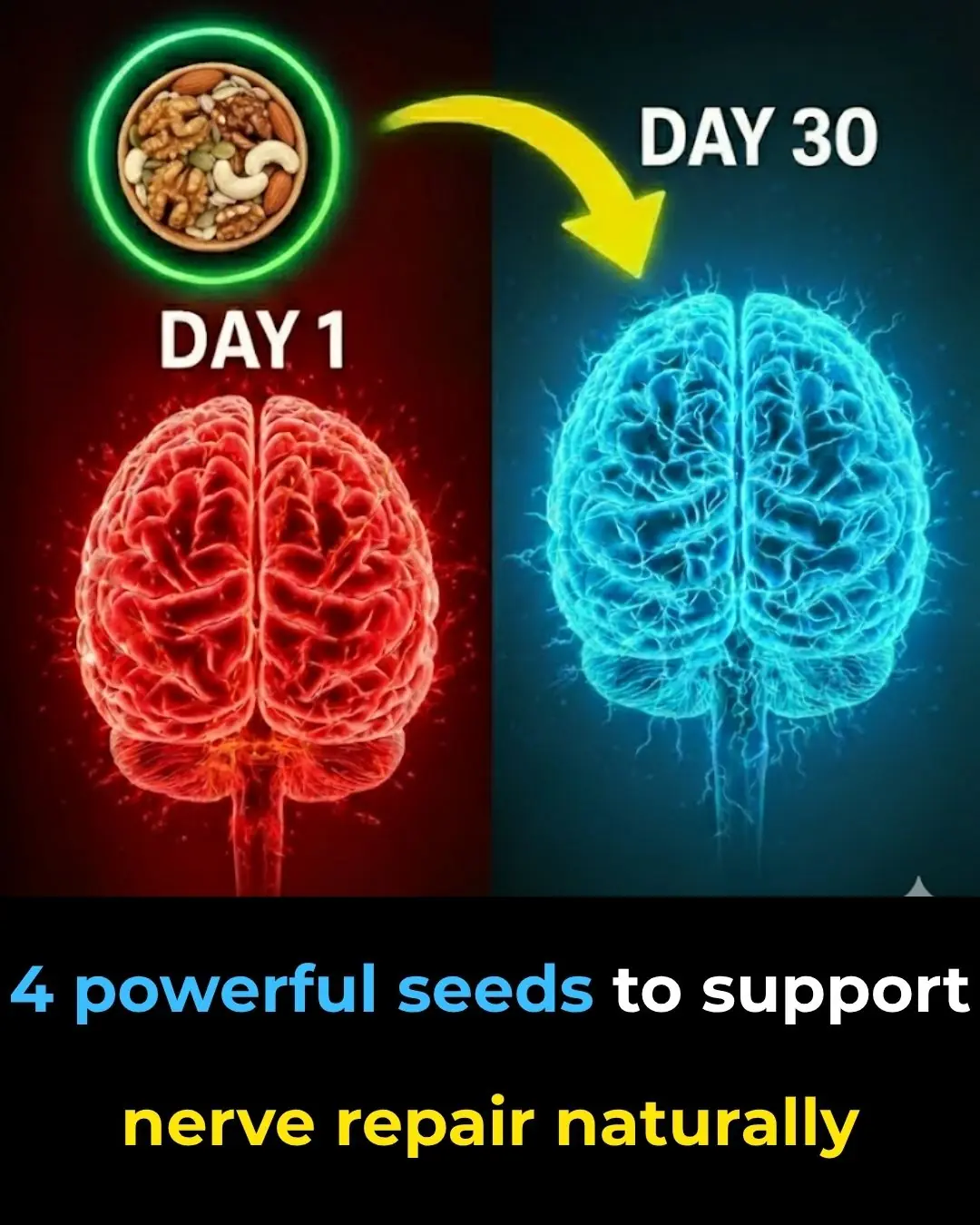
The surprising power of 4 seeds to repair your nerves naturally
News Post

‘Liver Protection’: A Simple But Effective Drink Proven by Science

Don't clean a dirty rice cooker with plain water: Use this to clean it, in 5 minutes it will be as clean as new

Stop Using Vinegar for Limescale — There’s a Better Natural Alternative

Why Do Jeans Get Weird Ripples After Washing?

People Shocked to Find Out What Paprika is Actually Made From

Molasses Stops Insulin Resistance Almost Immediately — Here's How to Use It

15 Silent Signs You’re Dangerously Low on Vitamin B12

The Officer Who Tried Anyway.

3 abnormalities in the hand warn of liver cancer, many people see but subjectively ignore
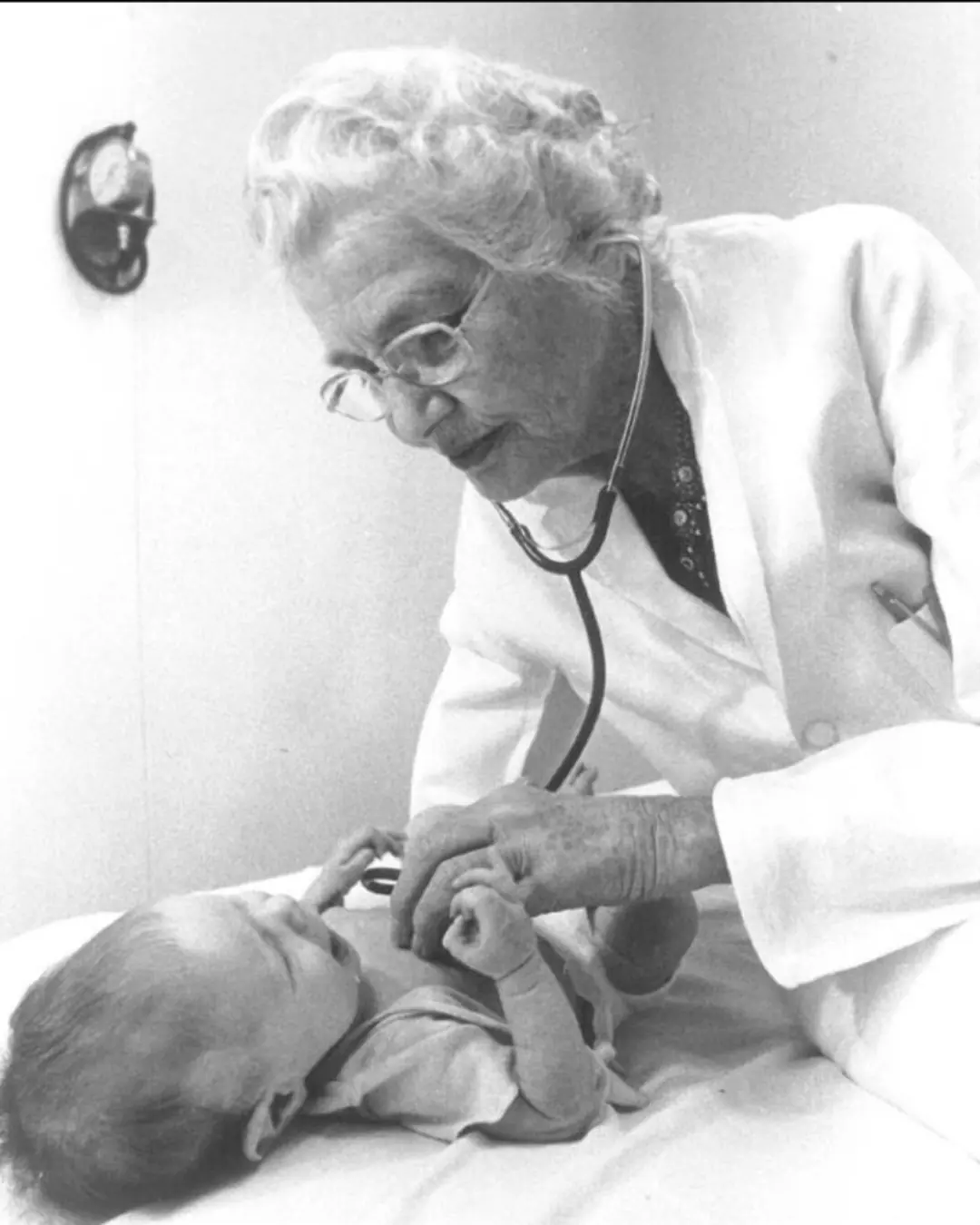
The Woman Who Gave Broken Hearts a Second Chance.

10 perfect ways to prevent dampness and humidity in your home

The Broken Bicycle and the Kindness That Followed.

The Potassium Powerhouse: What Eating Bananas Daily Does to Your Blood Pressure

How To Remove Set-in Grease Stains From Laundry

The Man Who Couldn’t Hear the Flames — But Felt the Fear.

Putting garlic under your pillow not only keeps evil away, but also has many other health benefits

From Bus Driver to PhD: The Journey That Never Stopped Moving.

A Mother’s Heart, A Policeman’s Hands: The Rescue That Touched a Forest.

A Powerful Two-Ingredient Mixture for Cleansing Your Liver
